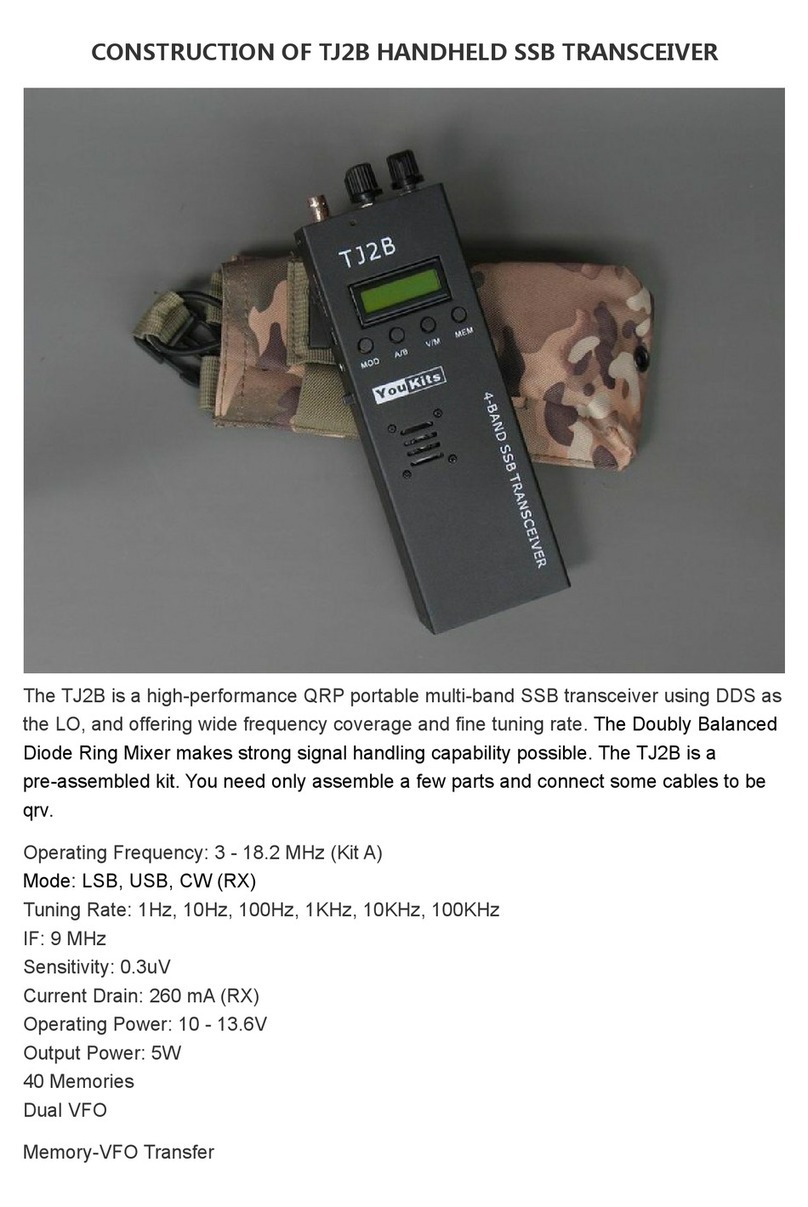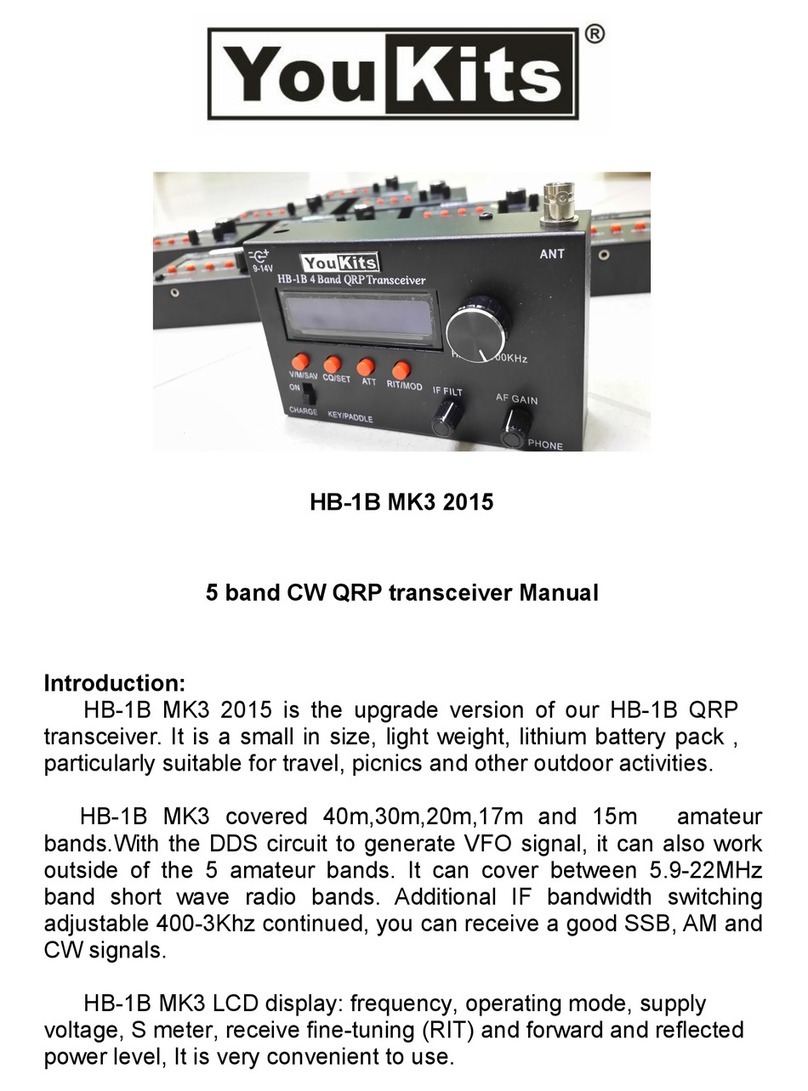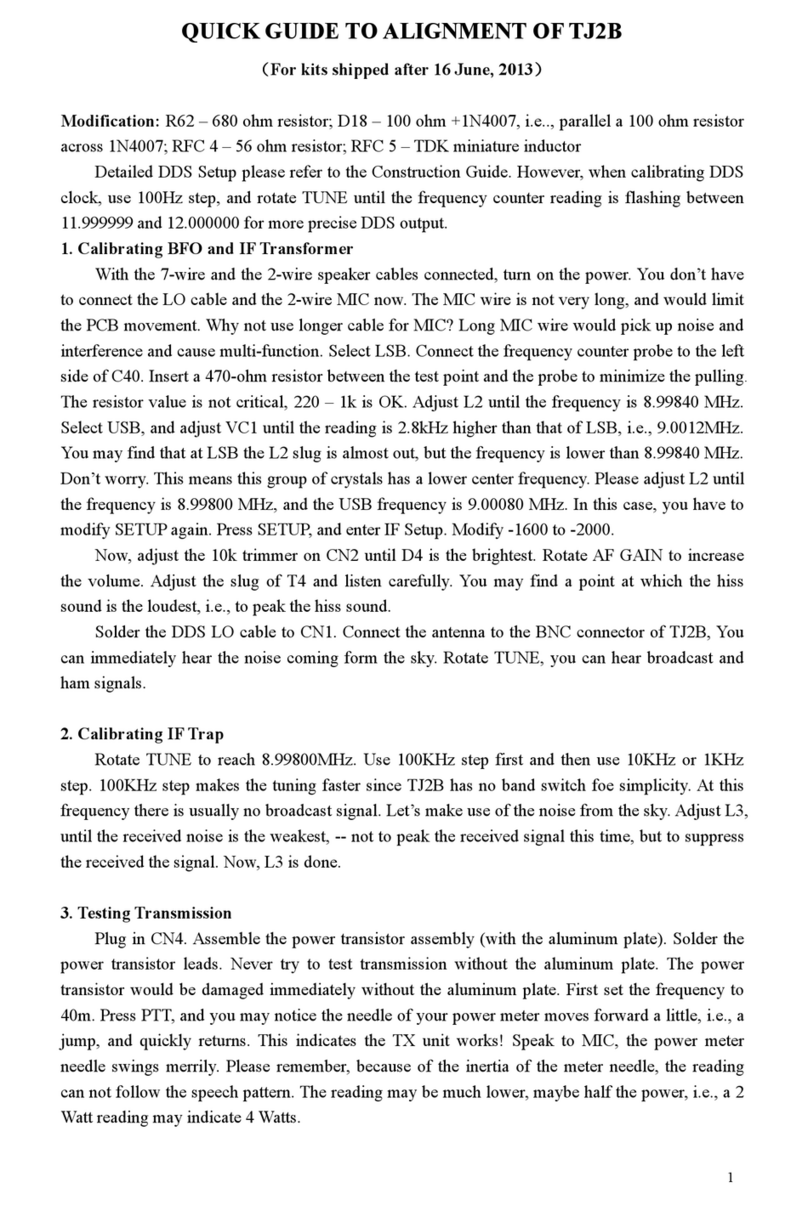YouKits TJ5A User manual
Other YouKits Transceiver manuals
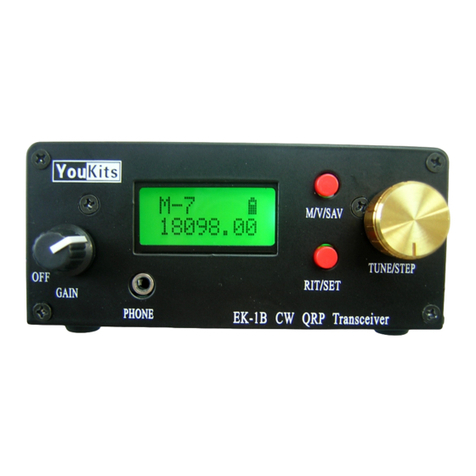
YouKits
YouKits EK-1B User manual
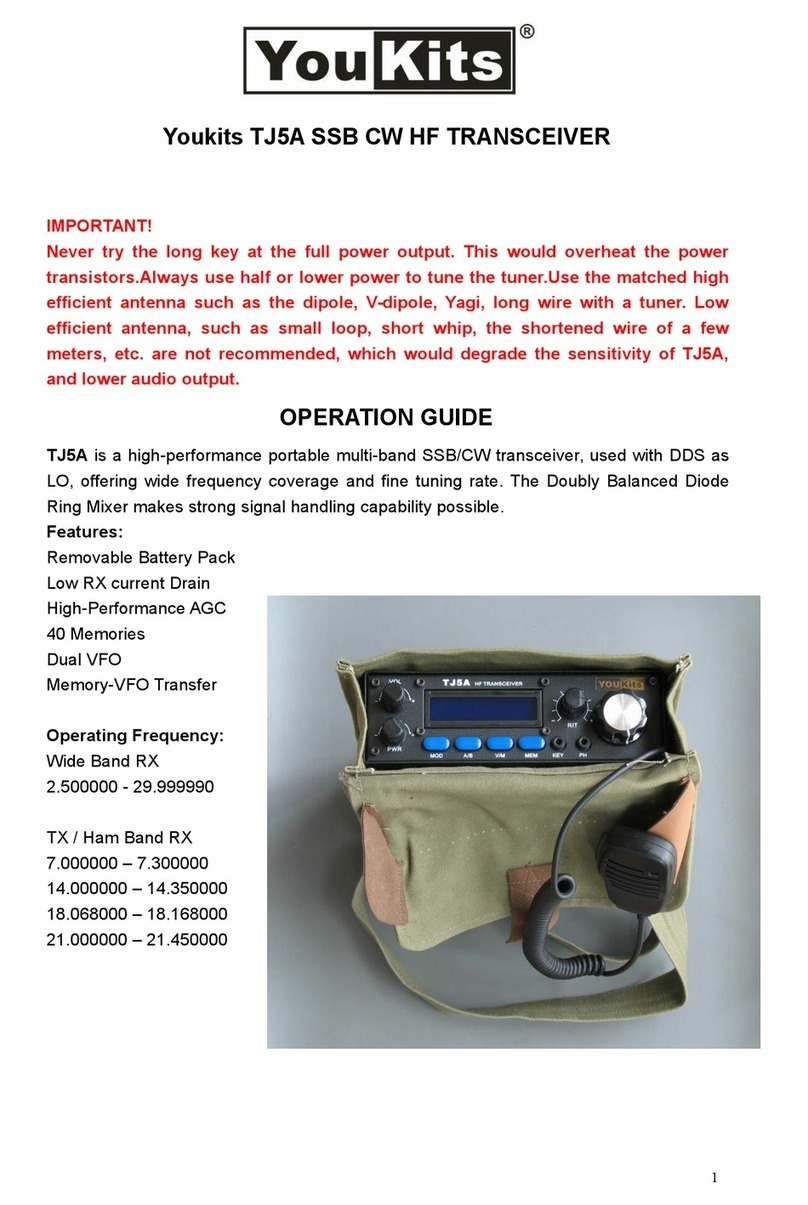
YouKits
YouKits TJ5A User manual

YouKits
YouKits HB-1B User manual
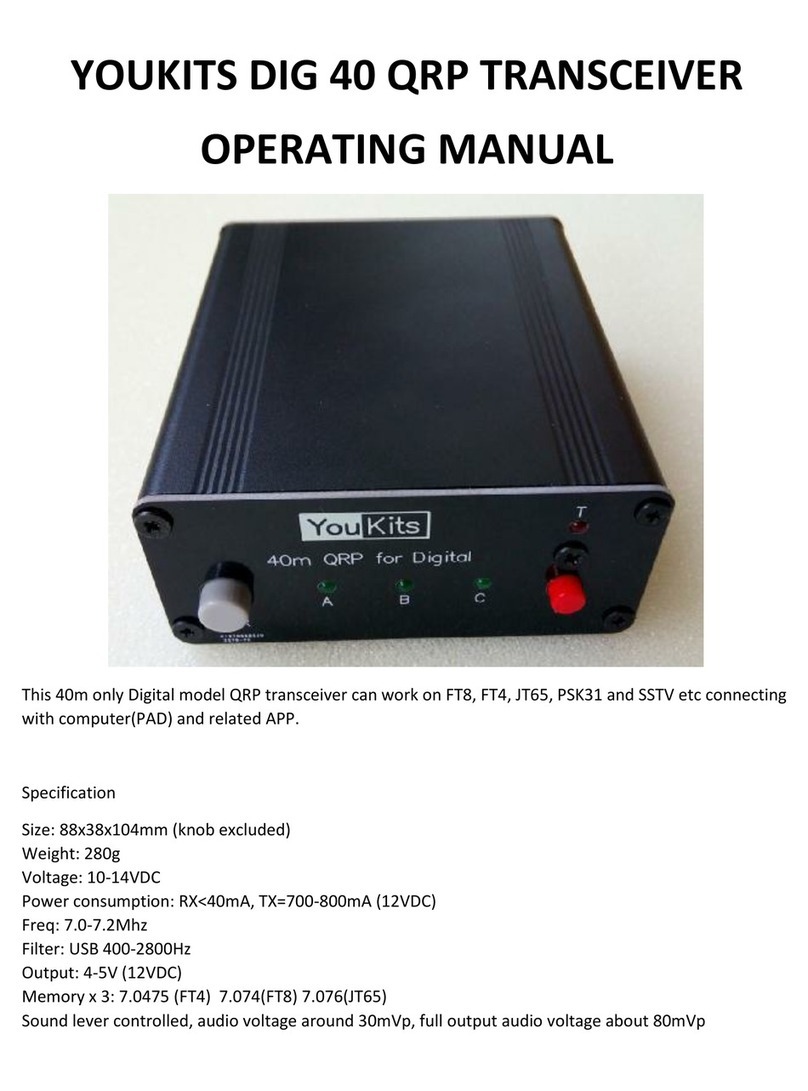
YouKits
YouKits DIG 40 QRP User manual

YouKits
YouKits HB-1A MK2 User manual

YouKits
YouKits TJ5A User manual

YouKits
YouKits EK-1A User manual

YouKits
YouKits TJ5A User manual

YouKits
YouKits EK-1A Operation instructions
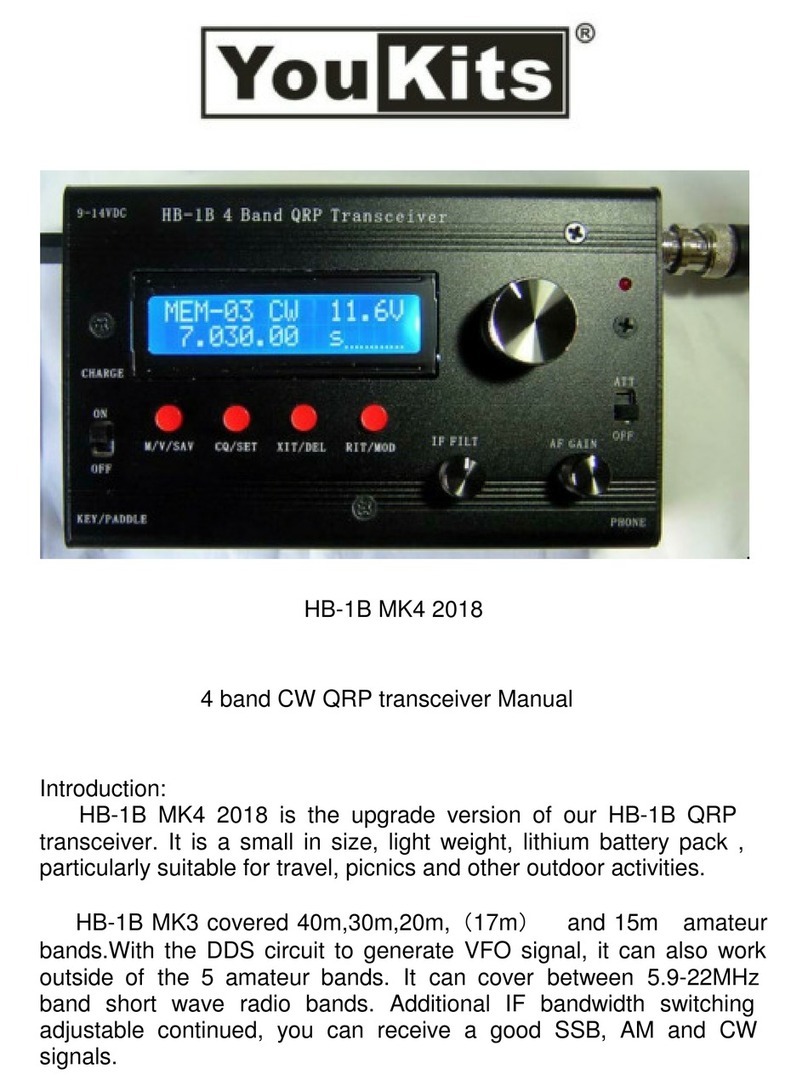
YouKits
YouKits HB-1B MK4 User manual
Popular Transceiver manuals by other brands

Kenwood
Kenwood ProTalk TK-3201 instruction manual

City Theatrical
City Theatrical SHoW DMX SHoW Baby user manual

Standart Horizont
Standart Horizont HX407 owner's manual

B&G
B&G V90S quick start guide

VictelGlobal
VictelGlobal ALK300 series Operation manual

Cactus
Cactus Wireless Flash Transceiver V6 user manual
